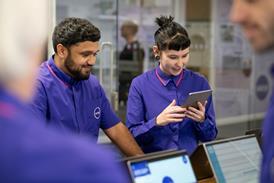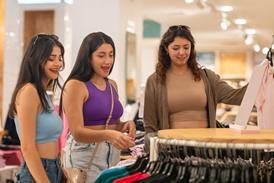Advertise, entertain, sell: The many ways TikTok is providing opportunities for retailers
By Megan Robinson5 June 2024

With more and more sellers leveraging social platforms, Retail Week sits down with Paul Mears, TikTok group vertical director of retail and ecommerce, to discuss the myriad opportunities for retailers.
Already have an account? Sign in here
Want to read more?
Register for LIMITED guest access
Register now© William Reed Ltd 2025. All rights reserved.
Registered Office: Broadfield Park, Crawley RH11 9RT. Registered in England No. 2883992. VAT No. 644 3073 52.
Website Terms | Privacy Notice | Cookie Statement | Cookie Preferences | William Reed and AI
Registered Office: Broadfield Park, Crawley RH11 9RT. Registered in England No. 2883992. VAT No. 644 3073 52.
Website Terms | Privacy Notice | Cookie Statement | Cookie Preferences | William Reed and AI
Site powered by Webvision Cloud


















